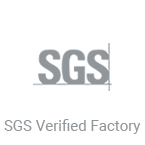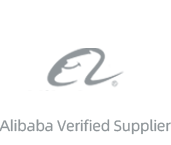The price determinants of wet wipes include the following factors:

1. Raw material costs: Wet wipes are made from materials such as nonwoven fabric, water-based solutions, and packaging materials. The cost of these raw materials can vary based on factors such as quality, availability, and market demand.
2. Manufacturing and production costs: The process of manufacturing wet wipes involves various stages such as cutting, folding, and packaging. The costs associated with labor, machinery, energy, and other production expenses will impact the final price of the product.
3. Packaging costs: Wet wipes are typically individually packaged to maintain their moisture and hygiene. The cost of packaging materials, printing, labeling, and sealing will contribute to the overall price.
4. Branding and marketing expenses: Companies invest in branding, advertising, and promotional activities to create awareness and demand for their wet wipes. These expenses are factored into the product’s price.
5. Distribution and logistics costs: The cost of transporting wet wipes from the manufacturing facility to distribution centers and retail outlets is another factor that influences the price. This includes transportation charges, storage costs, and any additional fees associated with distribution.
6. Profit margin: Companies need to factor in their desired profit margin when determining the price of wet wipes. This ensures that they can cover their costs and generate a sustainable return on investment.

7. Market competition: The level of competition in the wet wipes market can impact pricing strategies. Companies may adjust their prices to be competitive with other brands or differentiate their product based on quality, features, or unique selling propositions. It’s important to note that the final price of wet wipes is also influenced by market demand, consumer perception of value, and pricing strategies adopted by individual companies.












